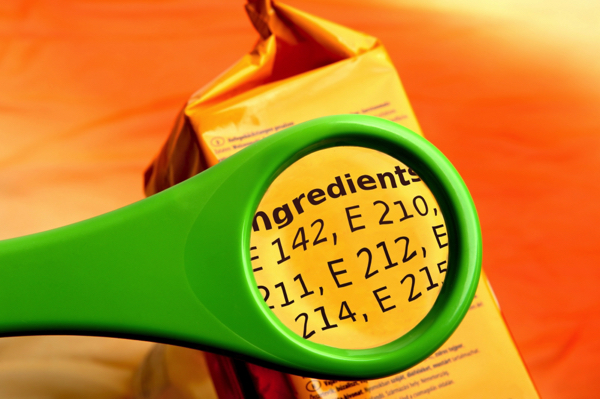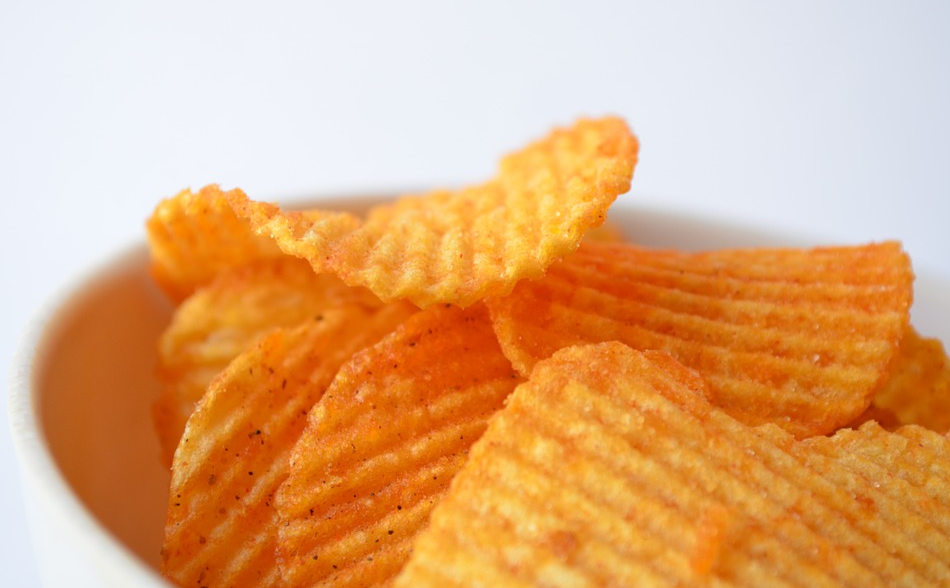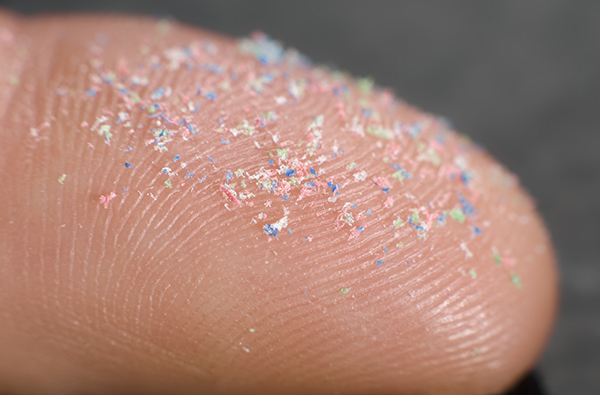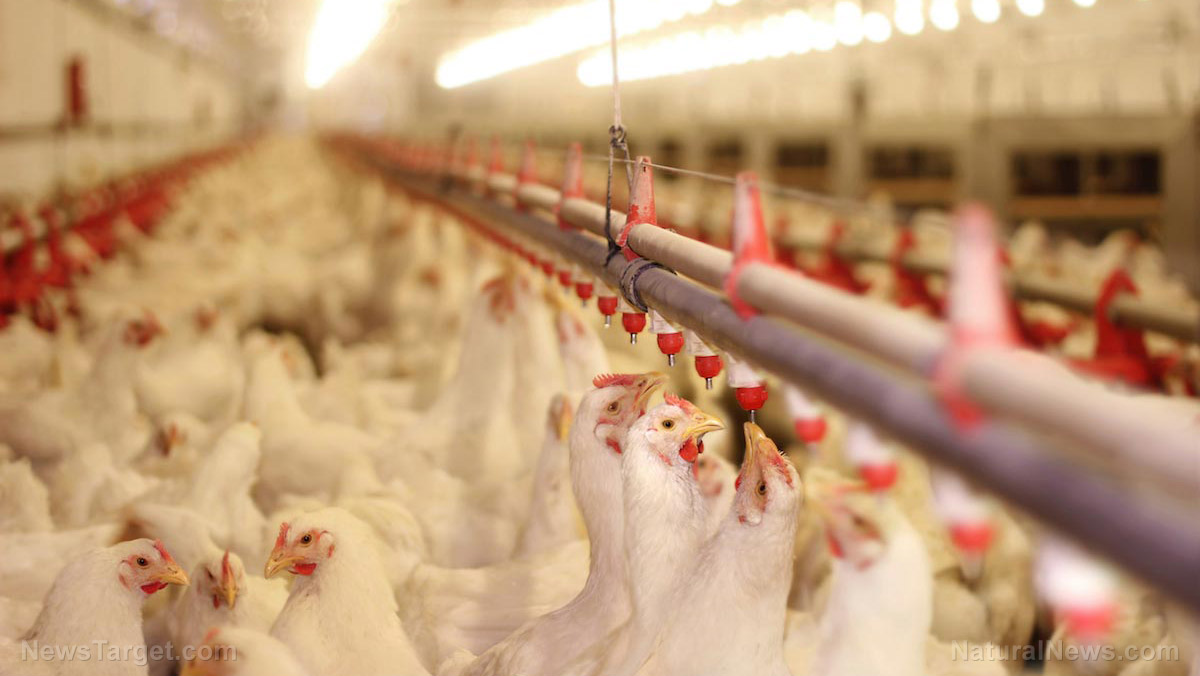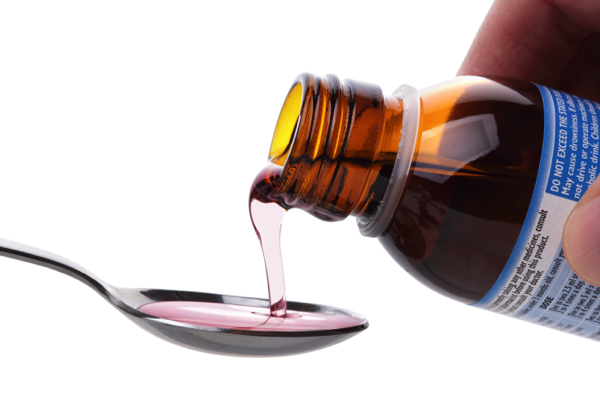Austrian study warns: “Forever chemicals” found in all tested cereal products, including organic brands
06/29/2025 / By Laura Harris

- A new report by GLOBAL 2000 and PAN Europe found trifluoroacetic acid (TFA) – a persistent “forever chemical” – in all 48 tested cereal-based food products in Austria, including both organic and conventional items.
- TFA, a byproduct of refrigerants, pesticides and pharmaceuticals, does not degrade in nature. It spreads through air and water and becomes concentrated in plants, leading to elevated levels in food.
- TFA levels in some conventional foods exceeded safe daily intake limits, up to four times the limit for children, and the chemical has been linked to reproductive toxicity and developmental harm.
- Despite chemical evidence that TFA fits the definition of a PFAS, the EPA does not classify it as such and has not established health-based exposure limits, drawing criticism from scientists and advocates.
- Environmental experts are urging immediate bans on products that break down into TFA, especially PFAS-based pesticides and calling on governments to show political will to regulate this growing threat.
A new report from the Austrian environmental organization Global 2000 has raised serious alarm about the presence of the toxic “forever chemical” trifluoroacetic acid (TFA) in everyday cereal products, including organic and conventionally grown breads, grains, flours and breakfast foods.
The study, conducted in collaboration with Pesticide Action Network (PAN) Europe, tested 48 cereal-based food items sold in Austria. Shockingly, every single sample contained TFA, a persistent polyfluoroalkyl substance (PFAS) known for its resistance to breakdown in the environment. (Related: Chemical giants hid dangers of “forever chemicals” in food packaging for more than a decade.)
TFA, which is formed from the degradation of certain refrigerants, pesticides and other industrial chemicals, is not filtered out by natural processes. Instead, it circulates endlessly through the environment, building up in groundwater, rainfall, crops and ultimately, food.
The report explained that plants absorb vast amounts of water but retain only a fraction for growth. As a result, pollutants like TFA become more concentrated in plant tissue than in the water itself.
“Plants generally absorb many times more water than they convert into biomass and transpire water via the leaf surface. Pollutants such as TFA therefore accumulate in plants at much higher concentrations than in the already pre-concentrated soil water,” the report stated.
Among the tested products, organically grown rye showed the lowest level of TFA, at 13 micrograms per kilogram (?g/kg), while conventional butter biscuits registered the highest – a staggering 420 ?g/kg. These figures far exceed concentrations typically found in groundwater or rainwater, and in many cases surpass daily intake limits set by health authorities.
The TFA levels in some conventional products were found to exceed the Dutch health authority’s tolerable daily intake threshold for adults by up to 1.5 times and for young children, up to four times. Even organic products, though significantly less contaminated, contained measurable amounts of the chemical, with none falling below 10 ?g/kg.
Organic farming reduces TFA exposure, but it cannot protect the people entirely from TFA.
EPA still considers TFA as “a well-studied non-PFAS”
Helmut Burtscher-Schaden, Ph.D., the environmental chemist who authored the GLOBAL 2000 report, called TFA “one of the smallest and most mobile forever chemicals.” He explained that while TFA exists on its own, it is also a degradation product of numerous other PFAS (per- and polyfluoroalkyl substances), which break down slowly and leach into the environment.
TFA behaves just like other PFAS in the environment: It resists breakdown, spreads easily through air and water and bio-accumulates in plants and animals. While much of the public focus has been on larger and better-known PFAS like PFOA and PFOS, experts claim the smaller, more elusive TFA poses similar risks.
“TFA has been identified as being toxic to reproduction, and it can harm the development of children. The authorities should immediately ban all products that break down to TFA, especially PFAS pesticides that are sprayed on fields and food,” said Tjerk Dalhuisen, a senior communications officer at PAN Europe. Dalhuisen then warned that unless action is taken to stop TFA’s upstream sources, namely, PFAS-containing chemicals, contamination will only intensify.
Salomé Roynel, PFAS policy and campaign officer at PAN Europe, echoed the call for urgent political action. “TFA doesn’t break down in the environment and accumulates in water, soil and food. That means our daily exposure is and will keep growing. We cannot afford to wait while contamination keeps rising. What’s missing is political will.”
However, the Environmental Protection Agency (EPA) has not set a health-based limit for TFA exposure and controversially does not even categorize TFA as a PFAS. An EPA spokesperson said, “EPA considers TFA to be a well-studied non-PFAS,” despite its chemical structure meeting the criteria used to define per- and polyfluoroalkyl substances. TFA is not mentioned on the EPA’s “PFAS Explained” webpage, though it is listed under the Toxic Substances Control Act as a chemical used in U.S. commerce.
Learn more about the adverse health effects associated with PFAS exposure at Chemicals.news.
Watch this video exhorting people to beware of forever chemicals.
This video is from the HaloRock™ channel on Brighteon.com.
More related stories:
Study finds harmful “forever chemicals” in wristbands.
Toxic “forever chemicals” are contaminating Florida oysters.
Sources include:
Submit a correction >>
Tagged Under:
breads, breakfast cereals, cereals, children's health, conventional, food science, forever chemicals, Organic, organic cereals, PFAS, poison, TFA, toxic chemicals, toxins, trifluoroacetic acid
This article may contain statements that reflect the opinion of the author
RECENT NEWS & ARTICLES
StopEatingPoison.com is a fact-based public education website published by Stop Eating Poison Features, LLC.
All content copyright © 2018 by Stop Eating Poison Features, LLC.
Contact Us with Tips or Corrections
All trademarks, registered trademarks and servicemarks mentioned on this site are the property of their respective owners.


